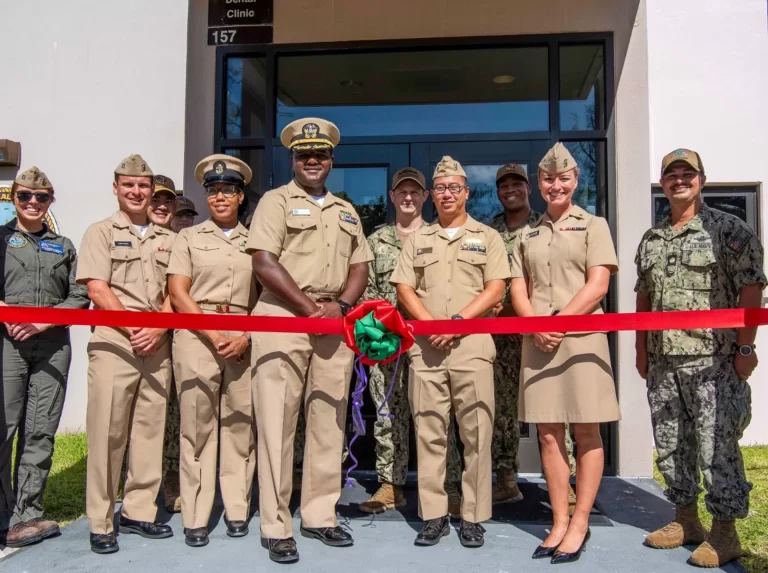When EPA and the Corps of Engineers published their tenth attempt to determine the reach of the Federal Clean Water Act, I said the only question remaining was how many of the States and NGOs who challenged EPA’s and the Corps’ ninth attempt would also challenge the tenth attempt on the ground that EPA and the Corps have still gone farther than the United States Supreme Court allowed in Sackett v. EPA earlier this year.
We now have the answer to that question. On November 13, twenty-six of our nominally United States amended their complaints filed in Texas and North Dakota challenging EPA’s and the Corps’ pre-Sackett rule to challenge EPA’s and the Corps’ post-Sackett rule.
Sam Hess of Inside EPA has provided both complaints and a good synopsis of the Plaintiffs’ long list of grievances about EPA’s and the Corps’ rule. And that is no small feat because the plaintiffs have thrown everything but the kitchen sink at EPA and the Corps of Engineers, including allegations that the most recent Waters of the United States rule violates the United States Constitution’s Commerce Clause (a proposition supported by two Supreme Court Justices in Sackett) as well as its 10th and 14th amendments, is broader than authorized by Congress (the basis of the Supreme Court’s decision in favor of the Sacketts), runs afoul of the newly popular among Conservative courts “major questions doctrine”, and was published in violation of the Administrative Procedures Act.
To say that there is a material difference of opinion between these twenty-six States and NGOs and the Executive Branch of our Federal Government regarding the reach of the current Clean Water Act is an understatement.
So, what’s next?
Ultimately, I think there is a better than 50/50 chance that at least one of the Federal District Courts will agree with at least some of the plaintiffs’ complaints about the Waters of the United States rule. That won’t necessarily make scientific sense, but it will make ideological sense. In any event, the District Courts’ decisions will make their way to Fifth and Eighth Circuit Courts of Appeals. Then the Supreme Court will decide whether it wants to take yet another swing at the Waters of the United States plate. Of course all of that will take months if not years, but that’s in the context of a controversy that has been continuing for decades.
Source: JD Supra







